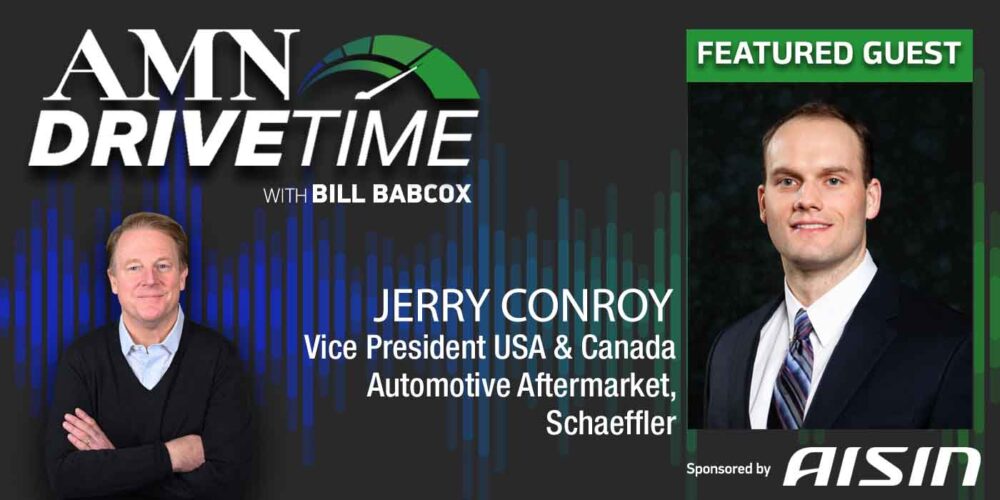It doesn’t matter how much emphasis you put on the condition of a vehicle’s components – if the driver can’t see what’s in front of him or her, safety will absolutely be compromised.
The most important safety system in a vehicle is the driver’s vision and in the winter visibility is especially critical. Prepare your customers now for what’s likely to face them soon.
Road salt, brine, ashes, beet juice – whatever messy road treatments are used across the country get thrown onto the windshields and headlights, reducing light output and the driver’s ability to see down the road.
This problem becomes even more critical with older drivers. The amount of light that the human eye needs to see properly increases exponentially with age. That means as drivers get older they need more light on the road.
Simply put, the lens of a human eye tends to become more opaque with age and reduces the amount of light the eye receives. At age 40, the average driver may already need twice as much light as a 20-year-old. At age 65, that need is dramatically higher. So as the population of licensed drivers 65 years and older increases, the safety issue increases with it.
Similarly, as headlight lenses age, the effects of exposure to sunlight, ozone and pollution can significantly reduce their transparency. This, combined with aging filaments, means headlights won’t cut through the night like they used to.
Headlights are continually evolving to keep up with safety and styling. In 1979, about eight sealed beam headlight part numbers could cover 99% of the imports on the roads. In the 1990s, the headlight bulb became part of an assembly mounted flush in the front end. Soon came halogen and other exotic gases to improve contrast and light output.
The halogen bulb is the type of headlight most drivers are familiar with, as it has been used in production since the 1960s. Characterized by their warm yellow glow, halogen bulbs are still popular with car manufacturers due to their low cost and reliable brightness. However, halogen bulbs simply don’t last as long as some other options and aren’t as bright.
According to a recent study from AAA, the halogen headlights found in more than 80 percent of vehicles on the road today failed to safely illuminate unlit roadways, even when vehicles are moving at speeds as low as 40 miles per hour. A new set of upgrade halogen bulbs might just make a difference in seeing better and being seen.
For vehicles so equipped, High-intensity discharge (HID) headlights, sometimes called Xenon, are brighter to enhance visibility and make peripheral objects such as street signs and pedestrians easier to see. The downside to the brighter output of HID headlights is that these bulbs can cause glare problems with oncoming drivers. These bulbs are also more expensive than their halogen counterparts; however, they do last longer to make up for some of the cost.
Here’s an important note to remember: no vehicle in the US can be upgraded from halogen to HID. The headlight assemblies and electronics are different between the two, and swaps are not in compliance with DOT regulations. In fact, retailers have been fined millions for selling illegal conversion kits.
Regardless of which bulb your customers’ headlights require, one of the best solutions for old, hazy headlight lenses is to use a headlight restoration kit. Having a brighter bulb won’t solve the problem of poor light dispersion caused by hazy lenses.
Better lighting will improve vision and visibility at night, and in turn increase safety and confidence for the driver. Whenever possible, consumers should consider upgrade headlight bulbs over standard bulbs because they are designed to do a better job of lighting up the road ahead. This not only helps to compensate for having old headlights and older drivers, but also can help improve headlight performance in general.
For more information on proper bulb selection, visit Philips.com/automotive.
This video is sponsored by The Group Training Academy













